Filter by

Sports Injuries and Prevention
This book presents the incidence of sports-related injuries, the types of injuries specific to particular sports, and the importance of factors such as age and gender. Possible injury mechanisms and risk factors are presented based on an analysis involving recent scientific findings. A variety of sports are included to allow the reader to better generalize the results as well as to apply approp…
- Edition
- -
- ISBN/ISSN
- 978-4-431-55318-2
- Collation
- -
- Series Title
- -
- Call Number
- -
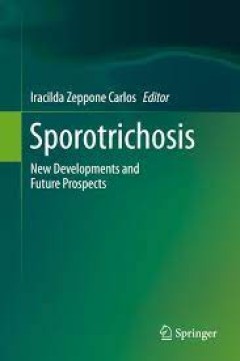
Sporotrichosis New Developments and Future Prospects
The book presents current affairs of Sporotrichosis as emergent disease with emphasis on the potential factors associated with genetic polymorphisms in Sporothrix complex. Constitutive and inducible factors play an essential role in the response of the fungal cell to the environment as determinant in the immunopathogenicity, highlighting clinical forms of Sporotrichosis and host immunocompetenc…
- Edition
- -
- ISBN/ISSN
- 978-3-319-11912-0
- Collation
- -
- Series Title
- -
- Call Number
- -
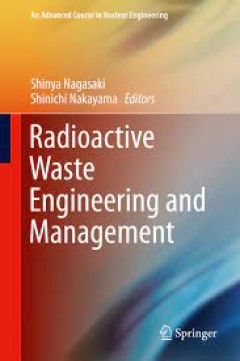
Radioactive Waste Engineering and Management
This book describes essential and effective management for reliably ensuring public safety from radioactive wastes in Japan. This is the first book to cover many aspects of wastes from the nuclear fuel cycle to research and medical use, allowing readers to understand the characterization, treatment and final disposal of generated wastes, performance assessment, institutional systems, and social…
- Edition
- -
- ISBN/ISSN
- 978-4-431-55417-2
- Collation
- -
- Series Title
- -
- Call Number
- -

Hyper Bio Assembler for 3D Cellular Systems
Hyper Bio Assembler for Cellular Systems is the first book to present a new methodology for measuring and separating target cells at high speed and constructing 3D cellular systems in vitro. This book represents a valuable resource for biologists, biophysicists and robotic engineers, as well as researchers interested in this new frontier area, offering a better understanding of the measurement,…
- Edition
- -
- ISBN/ISSN
- 978-4-431-55296-3
- Collation
- XI, 349
- Series Title
- -
- Call Number
- 621 HYP
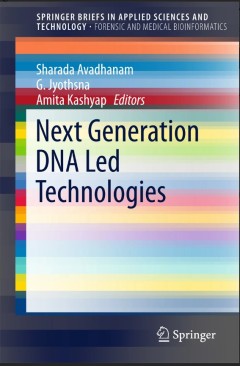
Next Generation DNA Led Technologies
This brief highlights advances in DNA technologies and their wider applications. DNA is the source of life and has been studied since a generation, but very little is known as yet. Several sophisticated technologies of the current era have laid their foundations on the principle of DNA based mechanisms. DNA based technologies are bringing a new revolution of Advanced Science and Technology. For…
- Edition
- 1
- ISBN/ISSN
- 978-981-287-669-0
- Collation
- X, 140
- Series Title
- SpringerBriefs in Applied Sciences and Technology
- Call Number
- -
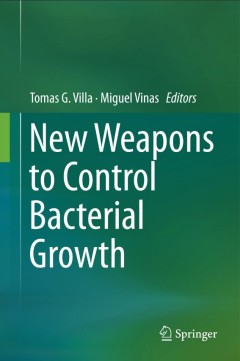
New Weapons to Control Bacterial Growth
Written by specialists in the different fields, this book presents new perspectives and insights into strategies and weapons to fight microbial infections. It also reviews the “state of the art” of alternative treatment approaches and new therapeutic agents to deal with infections caused by multidrug-resistant microorganisms. In an era of accumulated resistance to current antibiotics, it is…
- Edition
- 1
- ISBN/ISSN
- 978-3-319-28366-1
- Collation
- VI, 556
- Series Title
- -
- Call Number
- -

New Trends in Medical and Service Robots
Medical and Service Robotics integrate the most recent achievements in mechanics, mechatronics, computer science, haptic and teleoperation devices together with adaptive control algorithms. The book includes topics such as surgery robotics, assist devices, rehabilitation technology, surgical instrumentation and Brain-Machine Interface (BMI) as examples for medical robotics. Autonomous cleanin…
- Edition
- 1
- ISBN/ISSN
- 978-3-319-23831-9
- Collation
- IX, 254
- Series Title
- Mechanisms and Machine Science
- Call Number
- -
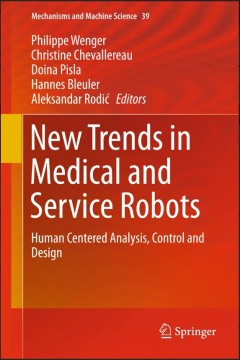
New Trends in Medical and Service Robots
Medical and service robotics integrates several disciplines and technologies such as mechanisms, mechatronics, biomechanics, humanoid robotics, exoskeletons, and anthropomorphic hands. This book presents the most recent advances in medical and service robotics, with a stress on human aspects. It collects the selected peer-reviewed papers of the Fourth International Workshop on Medical and Serv…
- Edition
- 1
- ISBN/ISSN
- 978-3-319-30673-5
- Collation
- IX, 310
- Series Title
- Mechanisms and Machine Science
- Call Number
- -
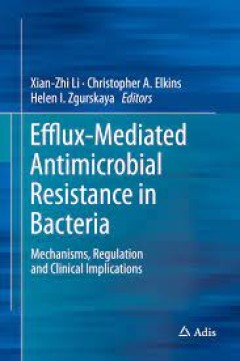
Efflux-Mediated Antimicrobial Resistance in Bacteria Mechanisms, Regulation …
This book, written by leading international experts, provides a comprehensive, current examination of transport-mediated antimicrobial resistance. As a particularly powerful mechanism of multidrug resistance, an in-depth examination of efflux pumps is conducted with bacteria of major public health concern including Enterobacteriaceae, Acinetobacter, Neisseria, Pseudomonas, staphylococci, and my…
- Edition
- -
- ISBN/ISSN
- 978-3-319-39658-3
- Collation
- -
- Series Title
- -
- Call Number
- -
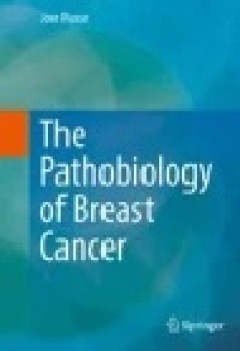
The Pathobiology of Breast Cancer
This monograph, written by well renowned breast cancer expect, Dr. Jose Russo, provides new insight on the pathobiology of breast cancer from the most current advances in the field, translational research, initiation and progression of the disease, the mechanism of invasion and metastasis and the concept of stem cells in treatment and drug resistance. The role of personalized medicine and genom…
- Edition
- -
- ISBN/ISSN
- 978-3-319-40815-6
- Collation
- XIV, 235
- Series Title
- -
- Call Number
- -
 Computer Science, Information & General Works
Computer Science, Information & General Works  Philosophy & Psychology
Philosophy & Psychology  Religion
Religion  Social Sciences
Social Sciences  Language
Language  Pure Science
Pure Science  Applied Sciences
Applied Sciences  Art & Recreation
Art & Recreation  Literature
Literature  History & Geography
History & Geography